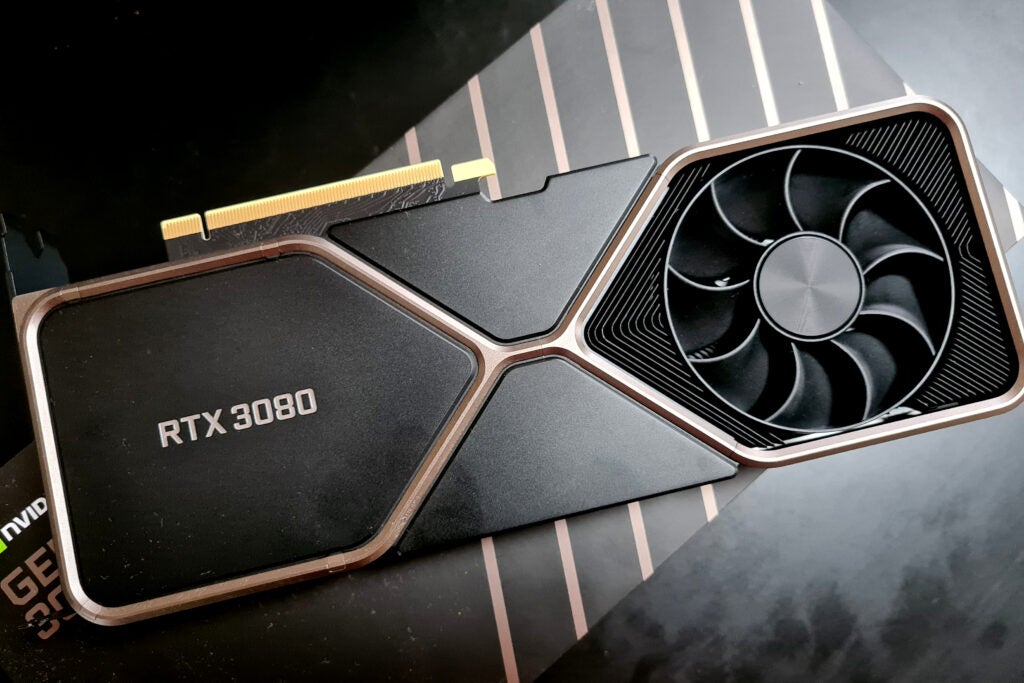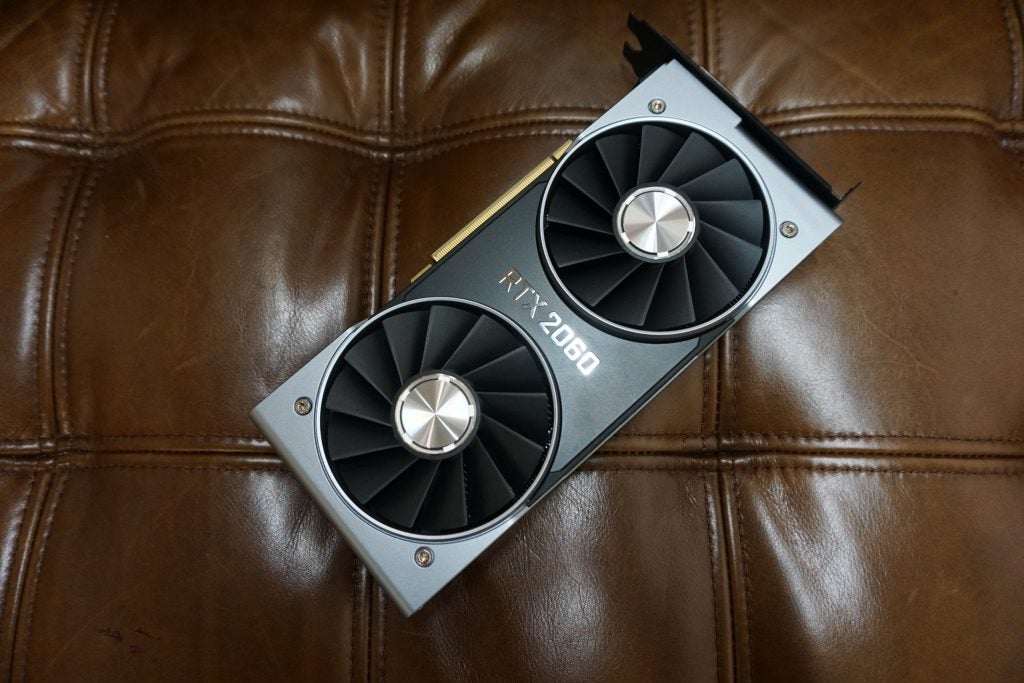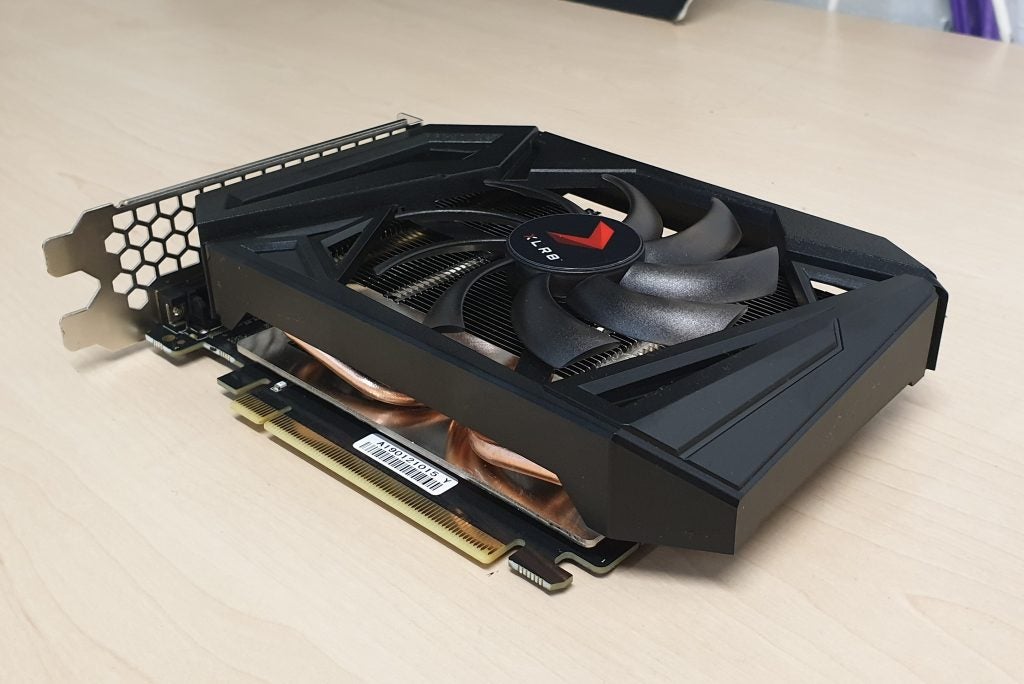What’s the best graphics card?
It’s never been a better time to upgrade your gaming PC, as both AMD and Nvidia have launched new, ultra-powerful graphics cards that promise to take your gaming performance to new heights. But what’s the best graphics card for you?
So far we’ve reviewed the RTX 3070 and RTX 3080, both of which offer cracking value and impressive 4K performances. The RTX 3090 is also on our hit list, which is capable of staggering 8K visuals, although getting our hands on a sample is easier said than done. And let’s not forget the new AMD Big Navi range, with our reviews on the likes of the RX 6800 expected to go live very soon.
So whether you want the most powerful 4K-capable graphics going or a more budget friendly option optimised for 1080p, you’ll find the perfect card on this list.
Editor’s note: Select graphics cards may be missing from this list as the unexpected Covid 19 lockdown has cut off access to our test samples. We’ll also be updating this list frequently in the next few months as review samples come our way.
- The ultimate card for 4K gaming: Nvidia GeForce RTX 3080
- Best value for ray tracing: Nvidia GeForce RTX 2060
- Best value for Full HD: Nvidia GeForce GTX 1660 Ti
- Best for budget Full HD: Nvidia GeForce GTX 1660
Related: Nvidia Ampere vs AMD Big Navi

1. Nvidia GeForce RTX 3080
The ultimate card for 4K gaming
Pros:
- Excellent 4K performance
- Ray tracing is awesome
- Far cheaper than the RTX 2080 Ti
- HDMI 2.1 support
Cons:
- Very power hungry
- Not massively overclockable
The Nvidia RTX 3080 is the first card to feature Nvidia’s new Ampere architecture. It brings with it a number of improvements that make it THE best graphics card on the market for 4K gaming.
Highlights include an improved, more efficient 8nm manufacturing process, new RT Cores, third-gen Tensor cores and Micron G6X video memory (VRAM).
The combination of factors make the RTX 3080 the first card we’ve ever tested to consistently offer 4K ray tracing at frame rates over or around 60fps and some of the best performance per watt stats we’ve ever seen.
Considering the fact it costs nearly half what as much as an RTX 2080 Ti, this makes it a no brainer choice for any serious gamer looking to build a top notch, no compromise rig in today’s market. The only slight downside is that it’s not massively overclockable, and, with the RTX 3090 set to appear very soon, it’s time as top dog could be fairly short.

2. Nvidia GeForce RTX 3070
The best for 1440p performance
Pros:
- Excellent 1440p and 1080p performance
- Amazing value
- Smaller than the RTX 3080
Cons:
- Little room for overclocking
If you’re after a current gen, ray tracing card that won’t require a remortgage then the RTX 3070 is the cheapest entry point to Nvidia’s new Ampere architecture at the moment.
While it’s not exactly cheap, retailing for £469, there’s no getting round the fact it offers fantastic performance. Specifically, the card matches, and at times beats the older RTX 2080 Ti’s performance across the board. This makes it a perfect choice for 1080p and 1440p buyers looking to enjoy top notch Ray Tracing graphics that haven’t made the jump to 4K yet.
Featuring a two fan design it’s also a lot smaller than the RTX 3080, making it a better choice for small builds.

3. Nvidia GeForce RTX 2060
Best value for ray tracing
Pros:
- Solid 1080p and 1440p performance
- Future-proof with Turing
- Decent value when compared to the 1070
Cons:
- Ray tracing and DLSS still not widely supported
Though there’s now a Super version, the RTX 2060 remains the best entry point to ray tracing. What’s more, with Nvidia remaining hush, hush about the RTX 3060 during its Ampere launch, it looks set to stay that way for at least a few more months.
The card doesn’t offer the fastest performance, but it’s powerful enough to run Battlefield 5 and Metro Exodus with ray tracing on if you’re willing to sacrifice resolution, which considering its price isn’t to be sniffed at.
Specifically, during testing we found most triple-A titles will run at 60fps or above with their graphics settings maxed at 1080p. This makes this GPU the best value RTX graphics card currently available.
What’s more, the RTX 2060 has a number of decent ITX options, making it one of a select few 20-series cards suitable for small builds.

4. GeForce GTX 1660 Ti
Best value for Full HD gaming
Pros:
- Fantastic value Full HD performance
- Intelligent shading improves efficiency for modern games
- Small enough for mini-ITX cases
Cons:
- Limited overclocking potential
If the 2080 Ti and 30-series sound like complete overkill and you just wanna play basic games at 1080p, then the Nvidia GeForce GTX 1660 Ti is the card to go for right now.
It doesn’t support ray tracing or DLSS, and it’s specs sheet isn’t top end, but you won’t find a better card for the money.
During testing we were able to get a 120fps Full HD performance on the likes of Fortnite, PUBG and Apex Legends, with minimal fuss. For battle royale shooters, you couldn’t ask for a smoother experience.
And even if you’re not fussed about big online brawlers, the GTX 1660 Ti is still the best value 1080p graphics card you can currently buy.
It’s also fairly small and has lower power consumption than its 20 and 30-series siblings, making it a better choice for small, affordable lounge PC/media builds.
5. GeForce GTX 1660
Great Full HD performance at a low, low price
Pros:
- Superb value for Full HD gaming
- Adaptive shading gives modern games a performance boost
- Incredible optimisation for battle royale game
Cons:
- The slightly more expensive GTX 1660 Ti offers better value
If you really, really, really have basic gaming needs then the GTX 1660 is the most affordable card on the market we can recommend. The card is aimed at MOBA and battle royale gamers who don’t want to break the bank.
It doesn’t match the performance of its Ti sibling, which we’d see being a better fit for most buyers, but with it costing £100 less there’s no denying it’s still cracking value.
Our tests prove the GTX 1660 is capable of running modern AAA games, such as Shadow of the Tomb Raider, at high frame rates, while even being able to achieve a respectable Quad HD performance for titles released a few years ago. Fortnite and Apex Legends fans will certainly benefit, with the GTX 1660 optimised specifically for battle royale games.
How to choose the right card for you
Third-party cards: whenever you buy a GPU, consider which manufacturer you want to opt for since the the specs will differ accordingly. Nvidia’s latest 10-series cards also include so-called ‘Founders Edition’ designs, which are the models we review. Third-party models tend to be more expensive and perform slightly better. Common brand names include EVGA, Asus, Gigabyte, MSI, XFX, Zotac and many more.
With prices constantly shifting and special offers appearing daily, recommending a specific model purely on its price is difficult. As such, this guide will offer each card’s usual price range and the sort of performance you can expect.
Related: Best gaming monitors
A manufacturer’s cooler designs will also affect performance, but only by single-digit percentage points – this is especially true of cheaper cards. With more expensive GPUs card manufacturers push the boat out, throwing clever fans and software into the mix and offering up higher clock speeds, which can make a difference.
Things to look out for on each card include (in order of importance):
- Length of warranty
- Price
- Overclocking
- Fan noise
- Visual flare
- Extra cooling fans
Ray tracing: Ray tracing is a recent graphics card feature (although an older technology) that enables video game developers to create more realistic reflections and light simulation. Traditionally a very processor intensive operation, the new cards ensure reflections in puddles and light shining through a window will look far more impressive than with traditional rendering methods. Currently, only Nvidia’s RTX cards are fully optimised for this technology.
DLSS: DLSS is a another RTX exclusive feature that uses artificial intelligence to help the GPU render frames more efficiently, resulting in a juicy frame rate boost. However, our testing has shown activating DLSS will negatively impact the display quality, with detail becoming more fuzzy and less pronounced.
